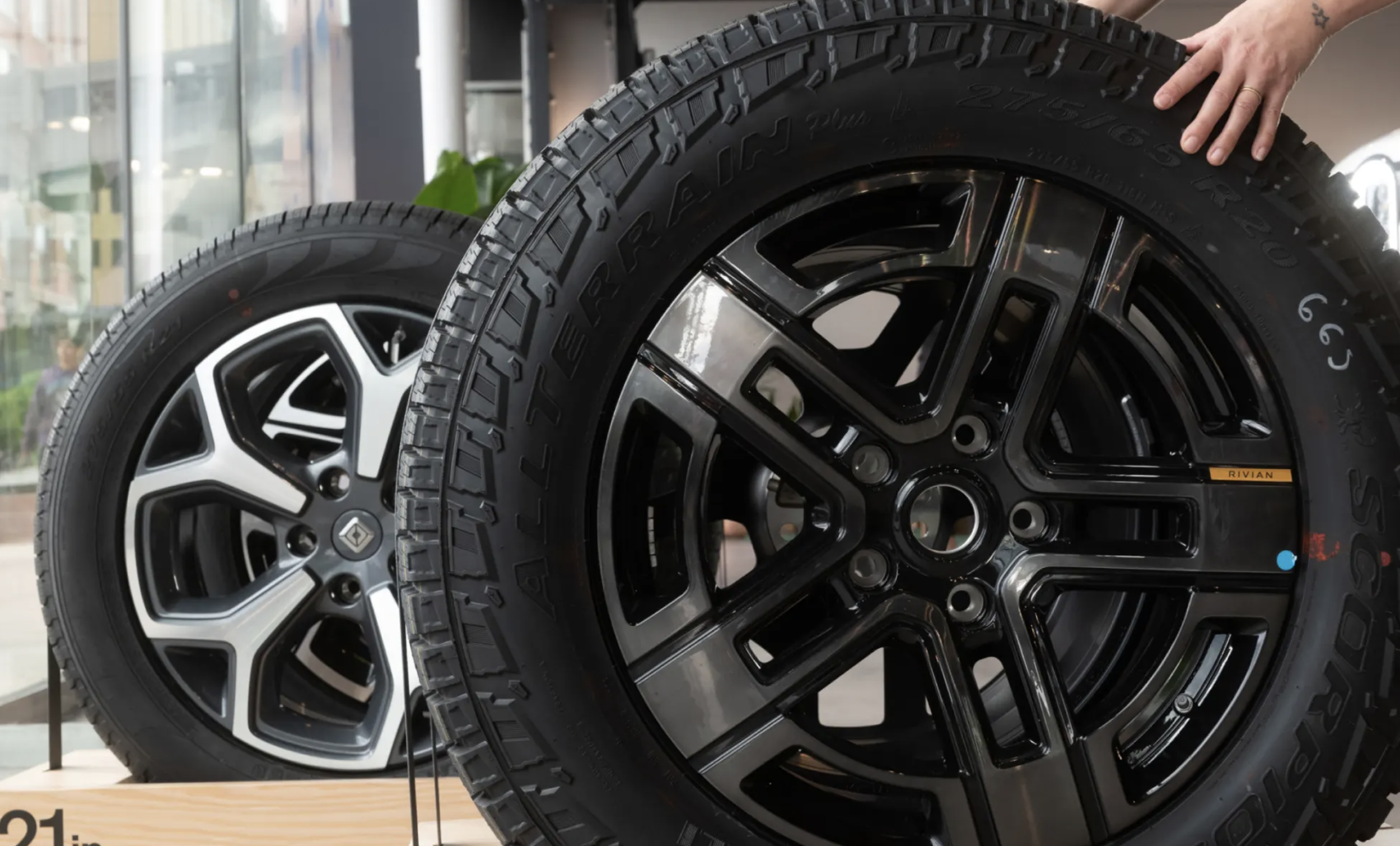EVs: Fewer Repairs, Less Maintenance, More Savings
Posted
September 5, 2025
Since going electric, I left behind a world of oil changes, fluid swaps, belt fixes and emission tests. This translates to fewer repairs, reduced costs and perhaps most importantly, less aggravation.
We Americans love our cars: We own them for about 8 years and typically drive them just over 110,000 miles. Enduring all these journeys are burning cylinders, pounding pistons, rotating crankshafts and shifting gears. Or in other words, hundreds of complex components that need to be maintained and replaced during 110,000 miles of heat, vibration and corrosion.
On average, this means changing your oil 15 times, replacing your air filter roughly 8 times, changing your spark plugs and transmission fluid twice, flushing your coolant and replacing your timing belt over those 110,000 miles. (And this is just part of normal, scheduled maintenance intervals you need to follow if you want your car to stay reliable. Think about unexpected repairs.)
But I have recently said goodbye to all of this as I am now driving an EV. A Rivian of course. And let me tell you, I am so happy I made the switch because in addition to the better ride and technology, it is costing me less to operate. Instead of hundreds of moving parts, electric cars have just a few. And if you look at Consumer Reports’ car maintenance checklist, which includes the 10 most common and important maintenance items to keep your car safe and reliable, you will find half of these parts can’t even be found in an EV.
In addition, it’s hard to look back and imagine how much time was wasted scheduling service, drinking bad service center coffee and dealing with “surprise” repairs found by my technician. I also don’t miss doing emissions tests. But perhaps most importantly, I don’t miss having to fill up my car on my way to work.
More impressive than the time is the money: According to a report by the Department of Energy’s Argonne National Laboratory, owning an EV leads to 41% lower maintenance bills. Even unexpected repairs, in total, cost one-third less for EV owners.
Consumer Reports confirmed these findings and looked at data from thousands of its members and found that EV owners spend only half as much on combined repairs and maintenance compared to conventional car owners.
It’s easy to understand where the savings come from if you don’t need to spend thousands on transmission work when your car doesn’t have one.
Of course, there are a few components EVs have that conventional cars lack, most notably the battery. But while most manufacturers cover a standard of 60,000 miles of warranty for a fuel-powered powertrain, EV manufacturers offer extensive warranty for batteries: Rivian, for instance, offers a minimum of 8 years or 120,000 miles for its base model configuration, covering well beyond the 110,000 miles Americans typically drive their cars. And if you choose Rivian’s top-of-the-line configuration, you get an even more astounding 175,000 miles.
This extensive coverage ensures that even the most expensive EV part is protected, offering peace of mind and additional savings over the vehicle’s lifetime.
The best thing about EVs, though, is that maintenance and repairs are just one dimension of why they make so much financial sense. A 2023 analysis by Consumer Reports calculated that EV owners can save between $6,000 and $12,000 over the lifetime of their vehicle, factoring in not just maintenance and repairs but also fuel, purchase price, federal tax credits, financing and depreciation.
The benefits of driving an EV are numerous and must be experienced first-hand. Driving experience, handling, technology are all far superior. And when you add in the savings, the decision to own an EV becomes even easier.


